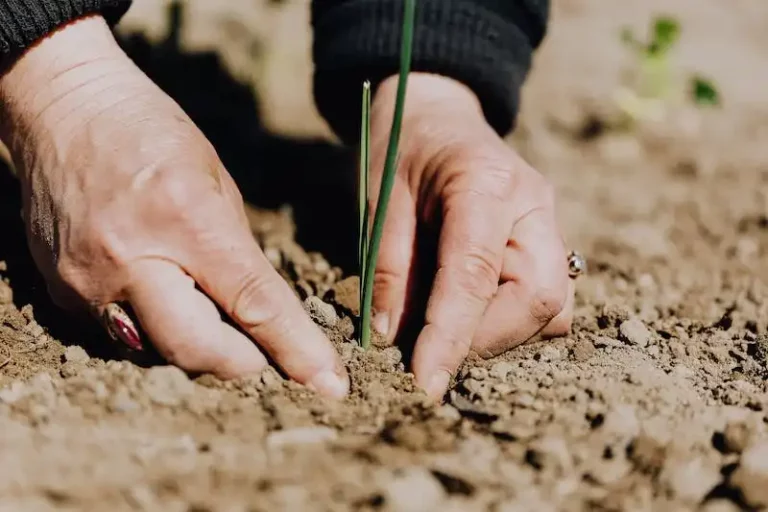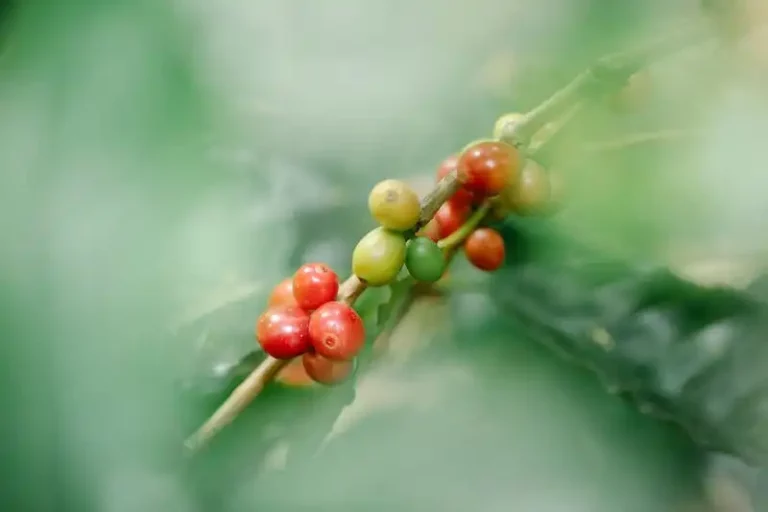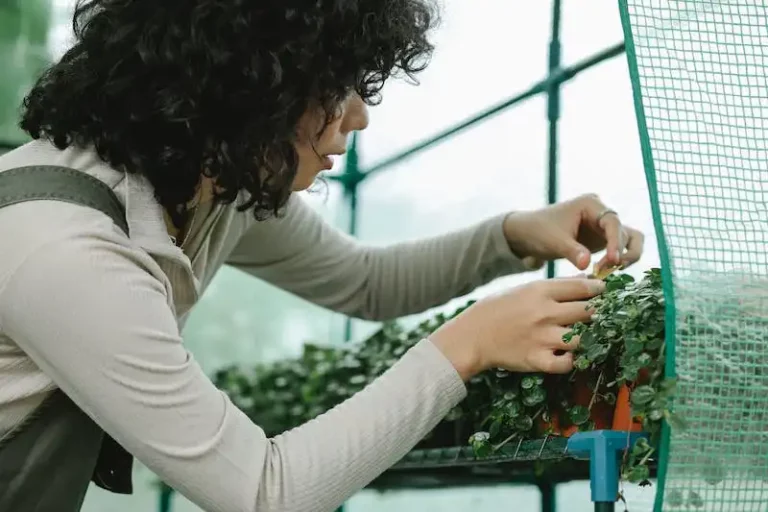Taking plant cuttings is a great way to propagate new plants from existing ones. By following a few simple instructions, you can easily create new plants without the need for seeds. This method is widely used in gardening, and the success rate can vary depending on the type of plant and the conditions it is grown in.
First, you need to find the right branches to take cuttings from. Depending on the plant, you can take cuttings from the tips of the branches, or from short, woody sections. For example, hydrangea cuttings are often taken from the soft, new growth at the tips of the branches, while tradescantia cuttings can be taken from the more mature, woody part of the stem. Before taking cuttings, it’s important to make sure that the mother plant is healthy and disease-free.
Next, you need to prepare the cuttings for propagation. Using a sharp, clean pair of scissors or pruning shears, cut a section of stem that is about 4-6 inches long. Make sure to cut just below a set of leaf nodes, as these are the points where new roots will form. Remove any leaves from the bottom half of the cutting, as these can rot if they come into contact with the soil. If the plant has large leaves, you can also trim them in half to reduce moisture loss.
After preparing the cuttings, you need to create a suitable environment for them to root. Fill a small pot with a well-draining potting soil mix, such as one that is made up of equal amounts of perlite and sphagnum peat moss. Make a hole in the soil using a pencil or your finger, and carefully insert the cutting into the hole. Firmly press the soil around the cutting to ensure good contact. If the plant is tender or needs high-humidity conditions, you can cover the pot with a plastic bag or place it in a propagation chamber.
Now, the next step is to provide the right conditions for the cuttings to root. Most plants root best with bottom heat, so you can place the pot on a heating mat or in a warm location. Ideally, the temperature should be around 70-75 degrees Fahrenheit. Keep the soil consistently moist, but not soaking wet. You can mist the cuttings with water every day to maintain humidity. Within a few weeks to a few months, the cuttings should start to root and produce new growth.
Once the cuttings have rooted and the new plants have started to grow, you can begin the process of hardening them off. This involves gradually exposing them to outdoor conditions, such as decreasing the amount of water and increasing the amount of sunlight they receive. After the plants are well-established, you can transplant them into larger pots or directly into the garden.
In conclusion, taking plant cuttings is an easy and effective way to propagate new plants from existing ones. By following the right instructions and providing the right conditions, you can successfully grow new plants without using seeds. Whether you are a seasoned gardener or a beginner, you can enjoy the satisfaction of creating new plants through vegetative propagation.
Skill Share: Propagating plants from cuttings
In order to propagate plants from cuttings, it is essential to follow favorable instructions. By taking plant cuttings and providing the right conditions, one can encourage the growth of new plants within a short period of time. Although it may require some effort and patience, the signs of success are easily visible.
One effective method for propagating plants is using hormones. These patented substances can be applied onto the cuttings to stimulate root growth. Another method is placing the cuttings on a bench with a timer that provides the necessary light and humidity.
When selecting plant cuttings, it is preferable to choose younger tissue rather than older wood. This is because young tissue contains more hormones that aid in root development. Additionally, it is important to collect cuttings with leafy propagules below a node or bud as this is where new roots will emerge.
Before propagating, it is crucial to ensure that all tools and containers used are sterile. This helps prevent the spread of any diseases or pests. Using a sterile potting soil mixture is also recommended.
Some popular plants that can be propagated from cuttings include thyme, clematis, and buxus. Each plant may have slightly different methods of propagation, such as using a rooting hormone or simply sticking the cutting directly into the soil. It is important to consult a guide specific to the plant being propagated for the best results.
Propagation can be done throughout the year, but certain plants may have specific seasons that are more suitable. For example, evergreen plants may be propagated in late summer, while hardwood cuttings are best taken in winter.
By reducing the size of the leaves or shredding them off completely, it helps to minimize water loss and direct the plant’s energy towards root development. After planting, it is important to maintain a favorable environment by keeping the soil moist and providing adequate light.
In some cases, propagated plants may not be identical to the parent plant. However, they often retain similar characteristics and can be a great way to create new varieties. Propagated plants can also be shared with friends or used for home gardening purposes.
In conclusion, propagating plants from cuttings is an accessible and rewarding practice that can be done with the right knowledge and tools. Whether it’s starting a collection of identical plants or experimenting with different varieties, propagating plants allows one to maintain a green space and create a sense of appreciation for nature.
Sign up for our newsletter to learn more about what plants are best for propagating and receive helpful tips and guides. Join our skill share community and share your own experiences and knowledge with fellow plant enthusiasts!
How to take plant cuttings
Taking plant cuttings is an effective way to propagate and grow new plants. It allows you to create new plants from your existing stock, whether they are woody or herbaceous. Here are some instructions on how to take plant cuttings:
1. Gather the necessary tools:
Before you start taking cuttings, gather the tools you will need. These may include a sharp, sterile blade or pruning shears, a clean plastic or glass container to hold water, rooting hormones (optional), and a well-drained potting media.
2. Select the appropriate plant material:
Choose a healthy, mature plant from which to take cuttings. The plant should be well-established and disease-free. Different types of plants may require different methods of propagation, so it’s important to know the best time and method for each plant.
3. Prepare the cutting:
Make a clean cut on a stem just below a leaf node. This is where the hormones responsible for root development are most concentrated. Remove any leaves from the lower part of the stem, as they can rot in the water or potting media. For woody plants, it’s best to take semi-hardwood cuttings, which are partially mature but not yet woody.
4. Apply rooting hormones:
If desired, dip the cut end of the stem in rooting hormone before sticking it in water or potting media. Rooting hormones contain growth hormones that can help stimulate root development in the cutting.
5. Stick the cutting:
Place the cutting in a container filled with water or well-drained potting media. For water, fill a clean plastic or glass container with enough water to cover the bottom third of the cutting. For potting media, create a hole in the media with a pencil or your finger, and gently place the cutting in the hole, making sure it is secure.
6. Provide the right environment:
Place the container with the cutting in a location that provides the right amount of sunlight or shade, depending on the plant. Some plants may require full sun, while others prefer partial shade. Keep the cutting well-watered, but not waterlogged, and maintain a consistent temperature and humidity level.
7. Maintain the cutting:
Check on the cutting daily to ensure it remains healthy. Mist the leaves with water to provide humidity or cover the container with a plastic bag to create a mini greenhouse. Remove any dead or diseased leaves as necessary.
8. Transplant the cutting:
Once the cutting has developed a healthy root system, it can be transplanted into a permanent container or planted directly in the ground. Make sure to follow specific instructions for each plant regarding transplanting and care.
By following these steps, you can successfully take plant cuttings and propagate new plants. It’s an enjoyable and rewarding process that allows you to expand your garden with unique and beautiful plant varieties.
Instructions
To propagate plants from cuttings, you will need a timer, well-draining and water-holding soil, sharp tools, suitable containers, hormones, and water.
Step 1: Starting in early September, select healthy branches that are between 4 to 6 inches long. Look for signs of new growth and avoid taking cuttings from older, woody branches.
Step 2: Use clean, sharp tools to sever the selected branches just below a leaf node. Remove any large leaves and cut the remaining leaves in half to reduce water loss.
Step 3: Fill suitable containers with a mixture of well-draining soil and sphagnum moss. Moisten the soil before proceeding.
Step 4: Dip the severed end of each branch into a rooting hormone to promote root development. Ensure that each cutting is evenly coated.
Step 5: Make holes in the soil mixture using a pencil or similar tool. Insert the cut end of each branch into a hole and gently firm the soil around it to secure the cutting.
Step 6: Place the containers in a warm and humid environment, such as a greenhouse or a covered propagator. Keep the soil moist but not waterlogged, and mist the foliage regularly to increase humidity.
Step 7: Monitor the progress of the cuttings regularly. If you notice any signs of rot or mold, remove the affected cuttings to prevent the spread of disease.
Step 8: After several weeks or when the cuttings show signs of healthy root development, carefully transfer them to larger pots filled with potting soil.
Step 9: Continue to care for the rooted cuttings, keeping them in a sheltered location and protecting them from extreme temperatures and harsh conditions.
Step 10: Once the cuttings have developed a sufficient root system and are showing signs of new growth, they can be transplanted into their permanent location in the garden.
These step-by-step instructions apply to various types of plants, including tender perennials, trees, shrubs, and creepers. However, keep in mind that specific instructions may vary depending on the plant species, so it is always recommended to consult additional resources or seek help from a gardening expert.



